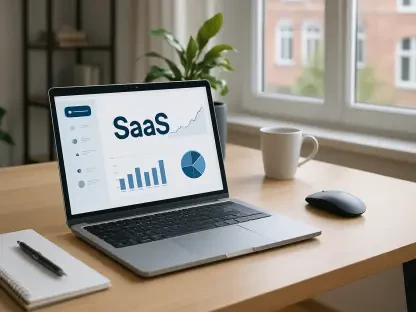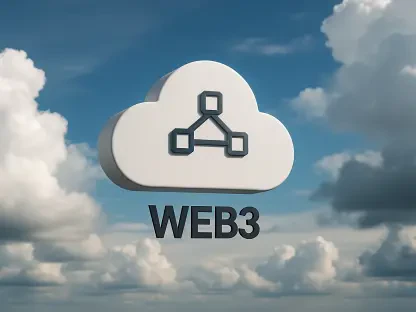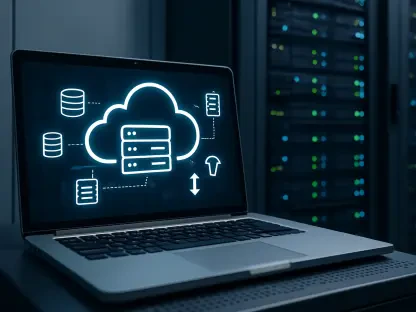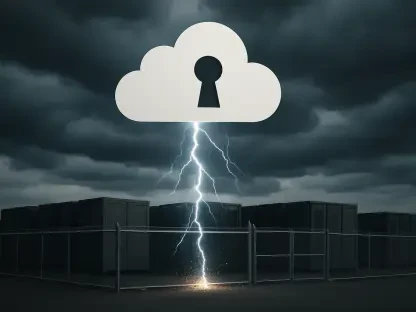In an era where Software-as-a-Service (SaaS) environments have become increasingly attractive targets for cyberattacks, AppOmni’s latest advancements in threat detection are more crucial than ever. These new technologies feature identity-centric analysis married with threshold and sequence rules, alongside an open-source SaaS Event Maturity Matrix and a comprehensive SaaS Security Health Dashboard. The need for such robust security measures is underscored by Joe Sullivan, a strategic advisor to AppOmni and former Chief Security Officer at leading companies like Facebook and Uber. Sullivan emphasizes the growing frequency of cyberattacks on SaaS applications, arguing that traditional security approaches are often insufficient. Harold Byun, Chief Product Officer at AppOmni, echoes Sullivan’s sentiments, particularly pointing to the recent attacks on Snowflake as evidence of the urgent need for fortified SaaS defenses. By employing these new tools, enterprises can expect a significant reduction in false alarms and improvement in their incident response capabilities, thus safeguarding their critical data.
Enhancing Identity Threat Detection and Response (ITDR)
AppOmni’s new advancements aim to significantly improve the performance of traditional Identity Threat Detection and Response (ITDR) and Identity and Access Management (IAM) solutions. Traditionally, security tools like those offered by Okta have focused on protecting the perimeter, but in the SaaS landscape, this approach is not enough. The new capabilities introduced by AppOmni now extend these solutions by incorporating advanced identity-centric analysis, which helps identify suspicious behavior patterns. This is particularly crucial given the sophisticated nature of modern cyber threats, where attackers often use legitimate credentials to navigate around security measures. By employing threshold and sequence rules, the system can detect anomalous activities that might otherwise go unnoticed, thereby providing an additional layer of security.
The primary goal of these enhancements is to provide security professionals with more efficient tools for creating resilient SaaS security programs. According to AppOmni Labs Research, these new capabilities can reduce the number of alerts to Security Operations Centers (SOCs) by up to 40%. This reduction is significant because it helps to alleviate the burden of alert fatigue, a common issue in current cybersecurity frameworks. Furthermore, the enhancements can decrease the number of post-authentication events after a potential compromise by over 70%. This means that even if an attacker manages to breach initial defenses, the new tools are better equipped to contain and mitigate the threat, thereby minimizing potential damage.
Tackling Unmonitored Endpoints and Reducing Privilege Escalation
One of the main challenges identified in SaaS security is the existence of unmonitored, internet-facing endpoints. These endpoints often remain unnoticed, making them prime targets for cybercriminals. When attackers successfully exploit these vulnerabilities, they can escalate their privileges and gain access to legacy or internal systems, which could lead to larger-scale compromises. AppOmni’s new tools are designed to address this significant risk by offering a multifaceted approach to threat detection. As noted by Harold Byun, effectively building threat detections for SaaS applications requires a layered strategy, combining various detection techniques to ensure comprehensive coverage.
The enhanced SaaS Event Maturity Matrix now includes platforms like Snowflake and Veeva Vault, offering organizations better insight into their SaaS events. This aids in identifying gaps in logging, verifying incident response data, and determining effective authentication mechanisms such as multi-factor authentication (MFA). These enhancements aim to bridge the gaps often left by traditional security measures, providing a more holistic approach to SaaS security. By enabling organizations to have a clearer understanding of their security posture, these tools help in preemptively addressing vulnerabilities before they can be exploited by attackers.
A Comprehensive View with the SaaS Security Health Dashboard
Another critical addition to AppOmni’s arsenal of security tools is the SaaS Security Health Dashboard. This dashboard offers administrators a metrics-based view of the overall health of their SaaS environment, allowing them to assess security measures, identify risks, and generate visual reports for management. Such a comprehensive view is invaluable for large organizations dependent on numerous SaaS applications, each used by thousands of users. The SaaS Security Health Dashboard is designed to provide actionable insights that help in the continuous monitoring and improvement of SaaS security measures.
The ability to visually represent security metrics and generate reports is particularly valuable for management and other stakeholders who may not be familiar with the intricacies of cybersecurity. By simplifying the data into understandable formats, the dashboard allows for informed decision-making and resource allocation. Moreover, this tool helps in reducing alert fatigue by consolidating redundant information, enabling security teams to focus on genuine threats. Essentially, the SaaS Security Health Dashboard serves as a centralized hub for monitoring and managing the security health of the entire SaaS ecosystem, making it easier for organizations to stay ahead of potential threats.
Conclusion: Addressing High-Risk Blind Spots
In today’s digital landscape, Software-as-a-Service (SaaS) platforms have become prime targets for cyberattacks. AppOmni’s latest enhancements in threat detection are more critical than ever. These innovations incorporate identity-centric analysis with threshold and sequence rules and include an open-source SaaS Event Maturity Matrix and a comprehensive SaaS Security Health Dashboard. Joe Sullivan, a strategic advisor to AppOmni and former Chief Security Officer at giants like Facebook and Uber, underscores the necessity of such robust security measures. He stresses that the escalating frequency of cyberattacks on SaaS applications reveals the inadequacy of traditional security methods. Harold Byun, Chief Product Officer at AppOmni, agrees, citing recent attacks on Snowflake as clear indicators of the urgent need for strengthened SaaS defenses. By utilizing these advanced tools, companies can expect to significantly reduce false alarms and enhance their incident response capabilities, thereby protecting their essential data.









